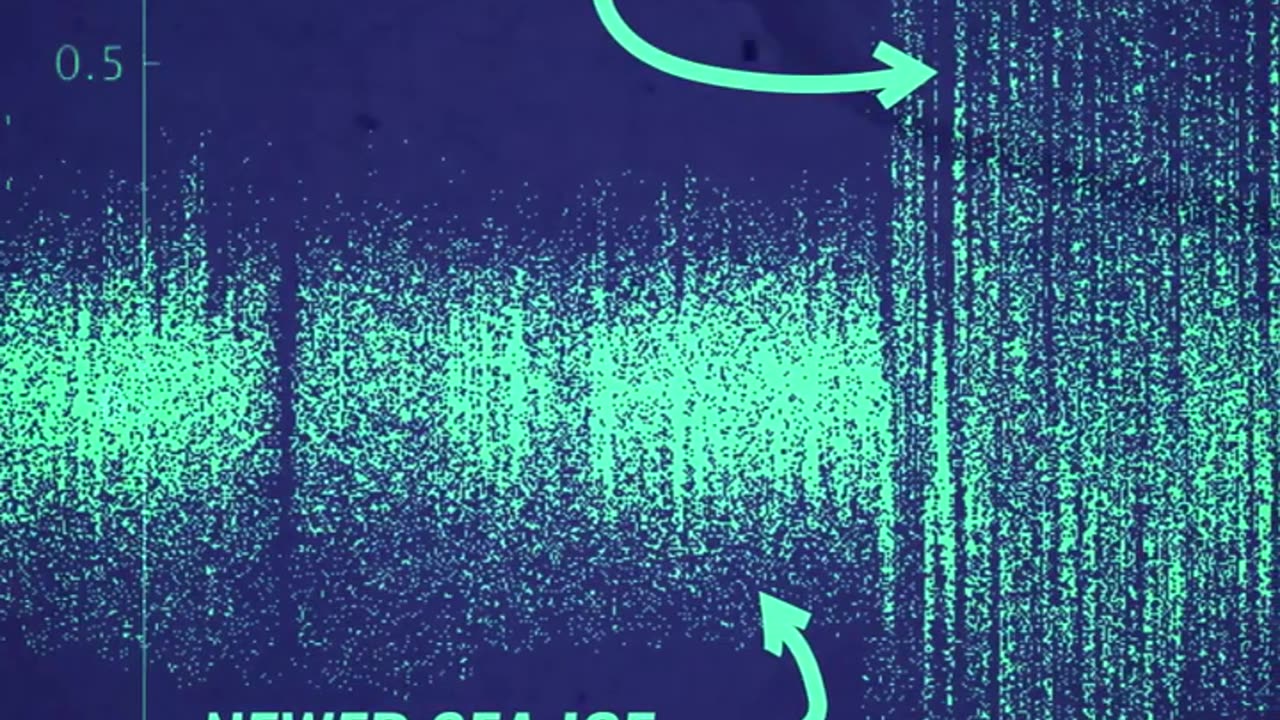Premium Only Content

PhyTon Phrightday: PACE and ICESat-2 Mess with Mesodinium
It sounds like you're referring to a special event or announcement about the PACE (Plankton, Aerosol, Cloud, ocean Ecosystem) and ICESat-2 missions and their observations of Arctic phytoplankton Mesodinium rubrum. These two missions are indeed important for understanding ocean and ecosystem dynamics.
The PACE mission is focused on monitoring and understanding various aspects of Earth's oceans, including phytoplankton, aerosols, and clouds. It aims to provide comprehensive data to help scientists and researchers better understand ocean ecosystems and the carbon cycle.
ICESat-2 (Ice, Cloud, and land Elevation Satellite-2), on the other hand, is primarily focused on measuring changes in the ice sheets and sea ice in polar regions. However, its laser altimetry technology can also be useful for monitoring features in the ocean, such as the height of the sea surface.
In the context of phytoplankton, such as Mesodinium rubrum, these missions can provide complementary and unique observations. PACE can monitor the distribution and abundance of phytoplankton by measuring chlorophyll levels and other indicators of biological activity. ICESat-2 can provide information about the physical characteristics of the ocean surface.
By combining data from these two missions, scientists can gain a more comprehensive understanding of the dynamics and distribution of phytoplankton, which play a critical role in the marine food web and the Earth's carbon cycle.
The specific details of how these missions complement each other in studying Mesodinium rubrum and other phytoplankton would depend on the data and findings presented in the crossover event you mentioned. These missions are valuable tools for Earth science research, and their collaborative use can lead to a deeper understanding of the Arctic ecosystem.
-
 1:29:23
1:29:23
Redacted News
4 hours agoWW3 ALERT! Europe pushes for war against Russia as Trump pushes peace and cutting off Zelensky
86.3K185 -
 LIVE
LIVE
Dr Disrespect
8 hours ago🔴LIVE - DR DISRESPECT - PUBG - 5 CHICKEN DINNERS CHALLENGE!
2,295 watching -
 57:56
57:56
Candace Show Podcast
7 hours agoHarvey Speaks: The Project Runway Production | Ep 1
81.8K42 -
 LIVE
LIVE
LFA TV
1 day agoEurope’s Relationship With America Is Over | TRUMPET DAILY 3.3.25 7PM
352 watching -
 LIVE
LIVE
Quite Frankly
5 hours ago"European Deth Pact, Blackout Data Breach, More" ft. Jason Bermas 3/3/25
1,119 watching -
 LIVE
LIVE
2 MIKES LIVE
2 hours ago2 MIKES LIVE #187 Deep Dive Monday!
129 watching -
 44:25
44:25
CatfishedOnline
3 hours ago $0.69 earnedRacist Lady Shocked After Sending Money to a Nigeria Romance Scammer
15.5K3 -
 56:45
56:45
VSiNLive
3 hours agoFollow the Money with Mitch Moss & Pauly Howard | Hour 1
41K -
 2:28:18
2:28:18
Nerdrotic
6 hours ago $5.01 earnedOscars Aftermath | Super Chat Square Up - Nerdrotic Nooner 469
54.6K13 -
 1:09:41
1:09:41
Sean Unpaved
7 hours ago $4.62 earnedUnpaved
60.4K4